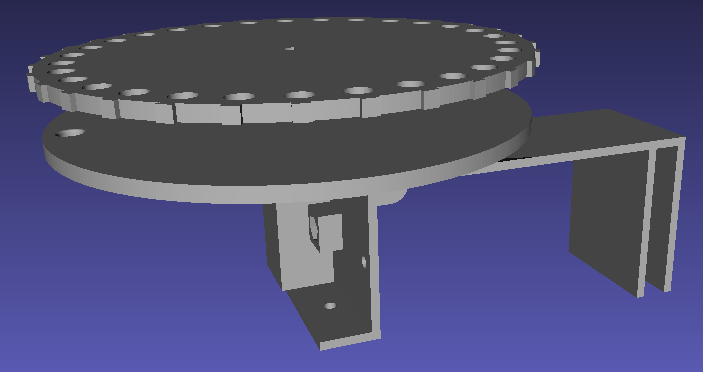Experimenting At Work
A co-worker recently came back from training, and shared some of the techniques that were presented.
One that sounded interesting was, in planning, try swapping roles to elicit different ideas. For example, have a developer act as product owner, and speak to priorities, and have a product owner speak to effort and commitment. Role playing is more common when identifying personas to help define user stories, but I hadn’t heard of anyone doing this within a scrum team - we typically go into a planning session as our assigned roles. This is also similar to the ideas presented in Edward de Bono in Six Thinking Hats, where he suggests you try to place yourself in a specific mode of thinking (eg: emotional, creative) to approach problems from a different perspective.

